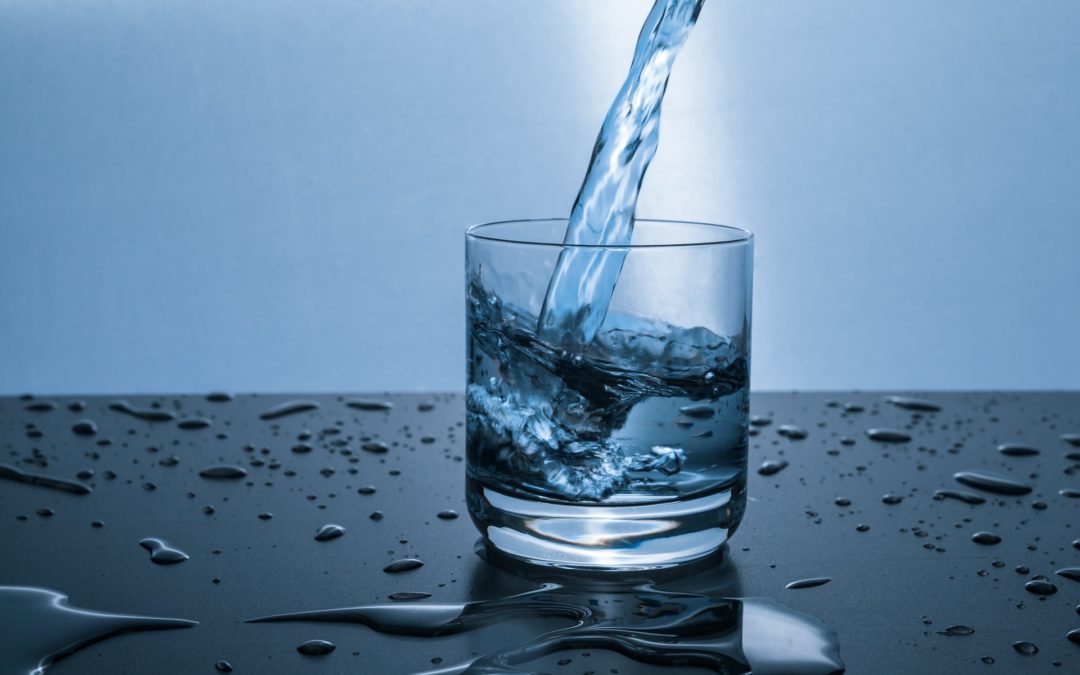One of the standout qualities of the well-known “wonder material” graphene is its potentially massive environmental impact. Of the different effects it is purported to have on the environment, an important one is its capacity for effective water filtration and desalination. Creating potable water has a number of benefits, ranging from medical, pharmacological, chemical, and industrial applications.
Graphene improves the water purification process as a membrane. The material is hydrophilic, meaning that it attracts water. So when microscopic holes are made in the material, it creates a membrane that allows water molecules to flow through, while blocking contaminants, gases, and solvents.
Scientists at the CSIRO, an Australian research center, recently utilized such a method to create a graphene water filter membrane. Conventional water filter membranes are made from polymers, which unfortunately means that they are unable to handle a diverse mix of contaminants. Because of its capabilities, thin-layer graphene can allow water to pass through microscopic channels in its surface. This kind of membrane is able to filter the liquid faster than conventional products and prevents the contaminants that are blocked from clogging the surface.
Despite graphene’s improved abilities at keeping contaminants from clogging the membrane, a buildup can still occur. This is why researchers at Washington University in St. Louis have not just created a similarly functioning graphene water filter membrane, but have also enlisted the help of a “traitor” bacteria to form the membrane, and uses light to destroy the clumped contaminants near the surface of the filter. The scientists took the bacteria Gluconacetobacter hansenii and fed it a sugary substance, causing it to produce cellulose nanofibers. The researchers then added graphene oxide flakes, with add durability, stability, and ability to the newly-formed membrane, making it an effective water filter.
But Washington University scientists didn’t stop there — after filtration, they “reduced” the graphene oxide by removing the oxygen groups in the material. This causes it to become more reactive to light and absorbs it, which in turn heats up the membrane, killing the bacteria that created it, along with another of the other contaminants that have been caught in the membrane. The now-sterilized membrane is able to filter water twice as fast as existing membranes under high pressure.
The appeal of these new graphene water filters is that they are far more energy-efficient, lightweight, and environmentally friendly than existing filters, while also being more effective. Another important benefit of these newer graphene water filters is that water will not need chlorination to be purified. Typically, chlorine is used to destroy toxic materials in water, but with the pinpoint efficiency of graphene, such contaminants can be taken care of in other ways.
Graphene’s application spans a seemingly endless amount of technology areas, and looks to not only significantly advance our capabilities, but provide environmental and health benefits for the whole world. With graphene water filters, it can become possible to further the mission of providing everyone with clean drinking water in cost-efficient and functionally effective ways.

